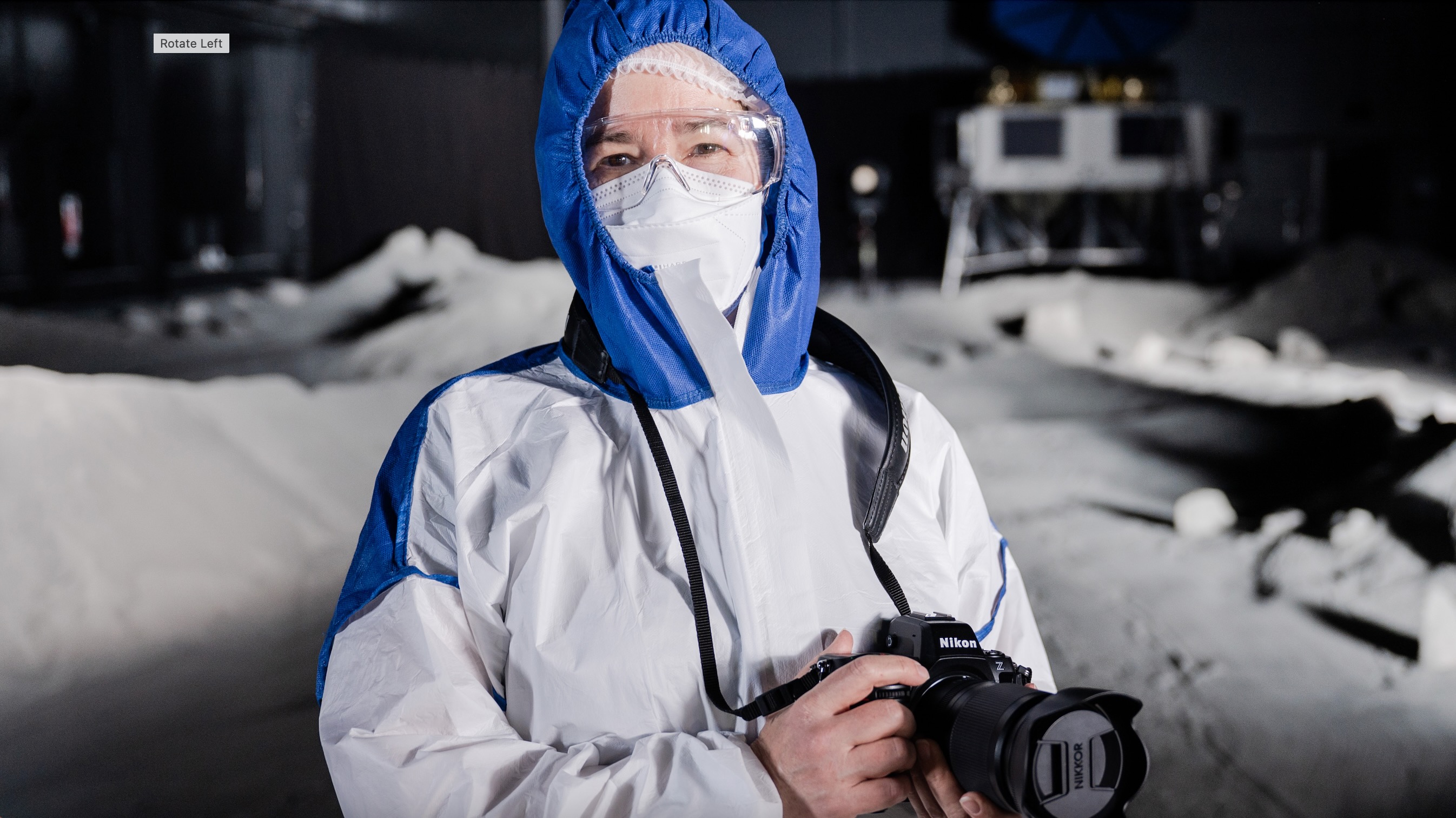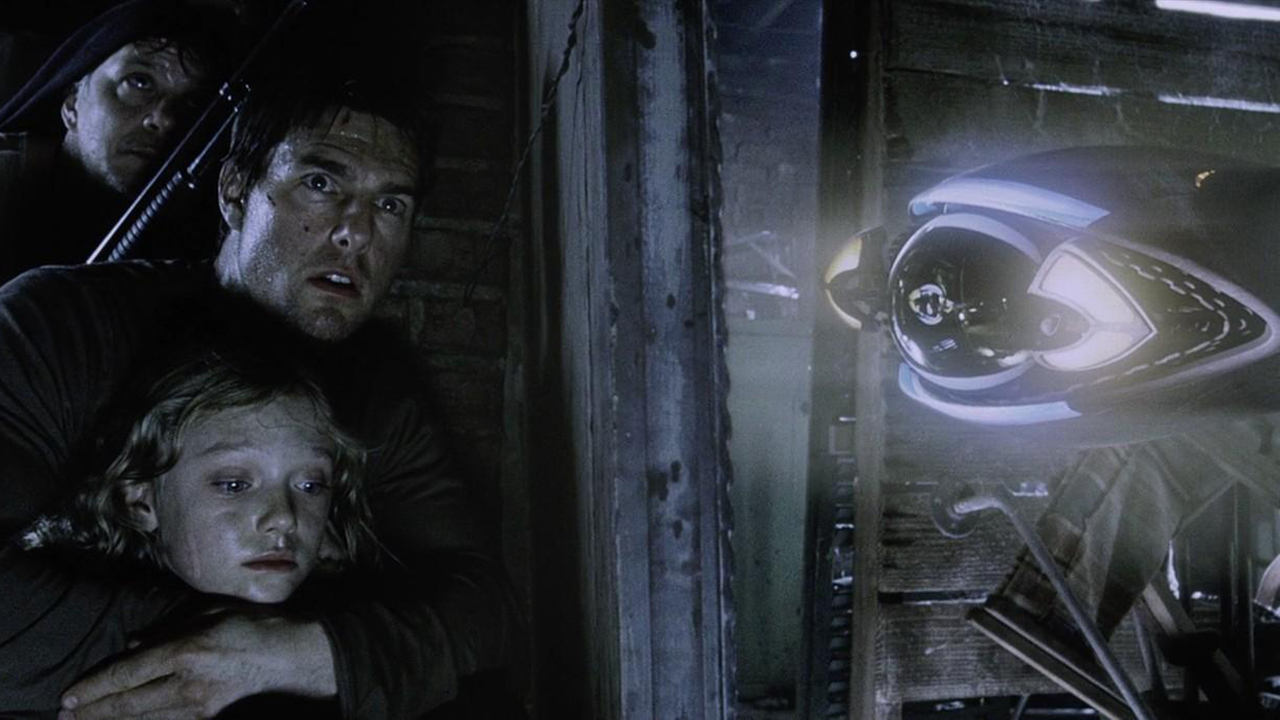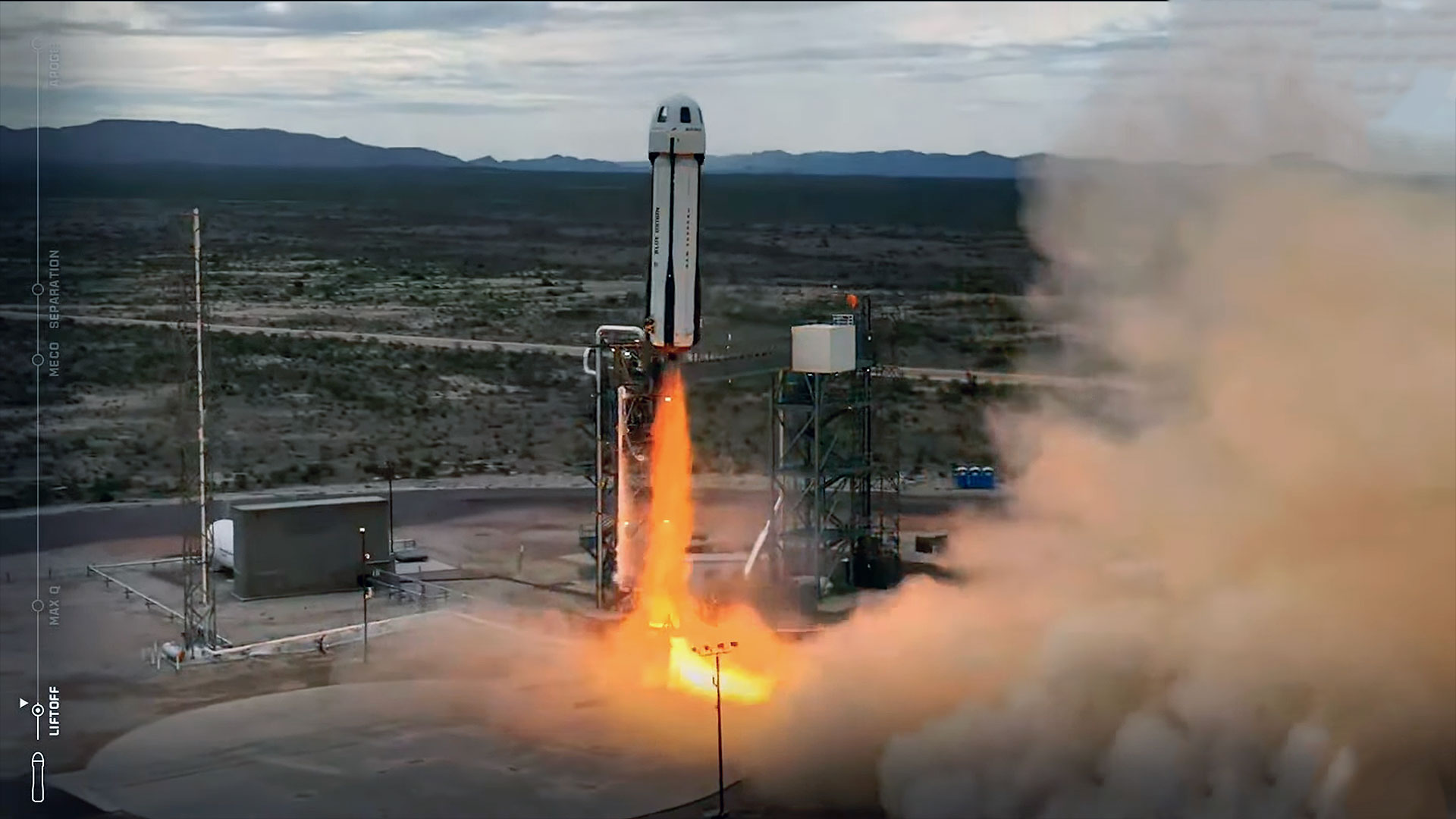Europe stages a moon landing to learn how to photograph the real thing (photos)
Pictures from a simulated moon landing, not designed to fool anyone into believing a fake but rather to provide a reference to make sure that we can get the best video images possible when astronauts finally do return to the moon, have been released by the European Space Agency (ESA).
When Neil Armstrong clambered down the Eagle’s lander to take his “one giant leap” in 1969, it was captured by a black-and-white slow-scan television (SSTV) with a resolution of a mere 320 lines and 10 frames per second. The transmission, beamed back via NASA’s Deep Space Network, was sketchy, plagued by ghosts and poor contrast. The available 900 to 1,000 kiloHertz bandwidth just wasn’t sufficient to transmit in color. Things improved slightly with Apollo 12, which had a wider 2 to 3 megaHertz bandwidth that permitted color footage — at least until the video camera was accidentally pointed at the sun, the solar intensity damaging its vacuum tube.
Soon, NASA’s Artemis crewed moon missions will be flying with high-definition and ultra-high definition color cameras with frame rates of up to 60 per second. But even though the technology has dramatically improved since 1969, there remain many challenges for successfully documenting a lunar landing on video. Bandwidth continues to be one of these challenges, as does the 1.3-second signal delay from the moon, dealing with bright sunlight starkly reflecting off the lunar surface, and moon dust that seems to be able to find its way into every nook and cranny.
Therefore, taking detailed images and video footage of activities on the lunar surface and transmitting them back to Earth, all within the constraints of these challenges, is an acquired skill. We can’t yet just pop to the moon to practice, so the next best thing is to simulate the environment of the moon somewhere on Earth.
Indeed, this is the purpose of the LUNA facility in Cologne, Germany, which is a joint project between ESA and the German Aerospace Center (known by its German acronym DLR). The idea is to create a lunar environment that is as realistic as possible for testing robotic landers, training astronauts and practicing with equipment — including, in this case, cameras.
To that end, imaging experts from the Consultative Committee for Space Data Systems (CCSDS), which features representatives from 28 countries, have convened on LUNA to practice shooting astronauts playing make-believe in a simulated lunar environment.
Spending time at LUNA gave imaging expert Melanie Cowan, who is ESA’s representative on the CCSDS’ Motion Imagery and Applications Working Group team, “a glimpse of what it may be like on the moon,” she said in a statement. “One cannot get any closer to the real thing. It was a special and challenging experience to film and photograph in this surreal environment.”
Indeed, so realistic was this pretend moon that Cowan and fellow imaging experts had to wear protective clothing to prevent the simulated lunar dust from being breathed in, or getting in their hair or on their clothes. Dust could be a major problem for astronauts spending any appreciable time on the surface; it is so fine that it gets everywhere, sticking to surfaces and potentially clogging up equipment.

So, donned in their protective clothing reminiscent of the head-to-toe suits used in clean rooms, the imaging experts captured footage of astronauts descending from a mock lunar lander, exploring the surface and even taking a selfie — something that Neil Armstrong may have wished he’d had the opportunity to do. (There are famously few images of Armstrong on the moon, since he carried the Hasselblad camera during most of his and Buzz Aldrin‘s historic moonwalk.) The point behind taking the selfie was to see how much detail could be captured in the reflection on the visor of the astronaut’s helmet.
The resulting images and video are intended to be used as reference files for the real thing, so that astronauts and imaging technicians can better understand what camera settings to use, and how large the resulting image or video files might be when transmitted.
“These efforts should help agencies and companies create a ground truth for video applications and equipment,” said Falk Schiffner, who is the DLR representative in the CCSDS Motion Imagery and Applications Working Group. “The activities to refine video quality are not geared only to moon imagery, but to all space transmissions.”
Capturing good footage on the moon is not as easy as on Earth. For one thing, because there is no appreciable atmosphere on the moon to scatter sunlight, the contrast between areas directly illuminated by the sun and areas in black shadow can lead to over-exposed daylight areas and totally black shadowed regions. And the slow rise and setting of the sun over a two-week period from any given location results in slowly changing conditions. To replicate all of this at the LUNA facility required a lot of trial and error with camera angles and lighting.
“We tried different sun simulators and techniques to replicate the lighting of the sun on the moon,” said Cowan. “We investigated the effects of the shadows from the rocks and inside craters. Early tests revealed that HDR video will provide more detail in shadowed areas on the lunar surface.”

HDR stands for “high dynamic range,” which can drastically improve the contrast ratio of an image, or boost its colors. Camera manufacturer Nikon has already teamed up with NASA to develop modified Nikon Z9 cameras to be used by astronauts should they land on the moon as part of the eventual Artemis 3 mission. The Nikon Z9 possesses both HDR and UHD (ultra-high definition) capabilities that will be essential for use in the strange, stark lunar landscape.
Taking an 8K UHD video camera to the moon is one thing, but transmitting all that data back to Earth in a livestream (or as live as it can be with the 1.3-second delay) has limitations in the available bandwidth. In particular, footage containing lots of motion is referred to as an “encoder killer,” as it bumps the data rate way up. In practice, data transmission from the moon will be compressed, just as it already is from the International Space Station, for example, but even then methods will have to be found to squeeze it all into the available bandwidth without losing too much data.
Help may soon be coming thanks to ESA’s Moonlight initiative, which plans to launch a constellation of five satellites into orbit around the moon. Four of these spacecraft will assist future missions with navigation, and the other will provide high-data-rate communications between the lunar surface, spacecraft in lunar orbit or traveling to the moon, and ground stations on Earth. The intent is for Moonlight to be fully operational by 2030.
Source link






